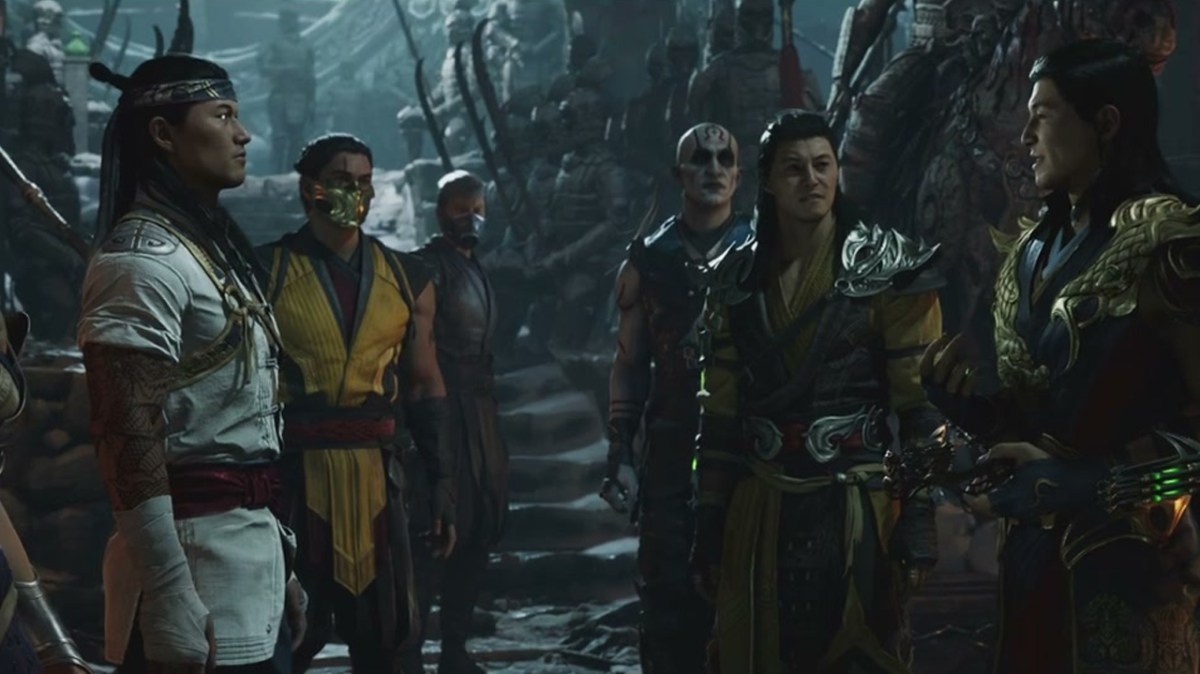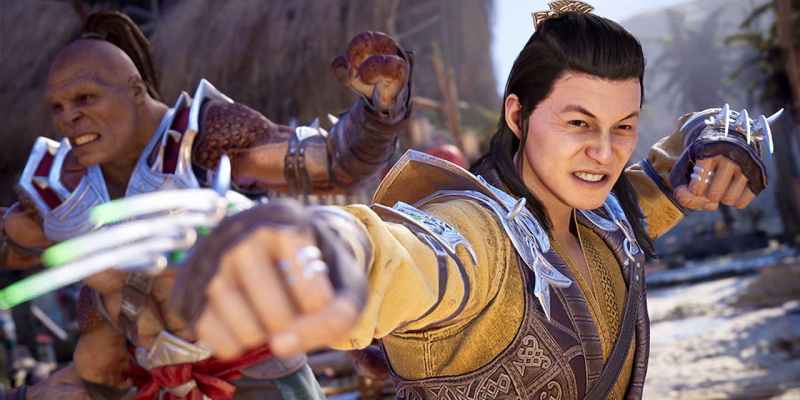Full spoilers for Mortal Kombat 1 ahead.
Mortal Kombat 1 really had to be a game changer, as far as the series’ plot goes. But if you’ve played it all the way through, you might be slightly confused by the way things end. If you are, here’s Mortal Kombat 1’s wild ending explained.
Here’s What Happens at the End of Mortal Kombat 1
The end of Mortal Kombat 11’s Aftermath DLC saw Liu Kang creating a whole new universe, one populated with “new” versions of familiar characters. Let’s face it, after MK9 rebooted the series and MK11 turned to time travel, NetherRealm Studios almost wrote themselves into a corner. So MK1 starts out well enough, with Earth and Outworld on good terms, and the Mortal Kombat tournament being a friendly punch up. But by the end of the game, all hell has broken loose. So what’s going on?
Stepping outside the game for a second, Mortal Kombat 11: Aftermath had two endings. Just before the final battle, you were offered the choice to play as Shang Tsung or Liu Kang. The victor got to use the hourglass to rewrite time, so there were two different endings. At the time, fans generally assumed that the Liu Kang ending was canon. And MK1’s first trailer seemed to confirm that.
What actually happened was that the battle for the hourglass created multiple parallel timelines. Admittedly, the battle didn’t seem particularly reality-shattering, but it apparently broke time, creating what, for want of a better term, is a Mortal Kombat multiverse.
MK1 followed the story of Fire God Liu Kang, but in another timeline, Shang Tsung (let’s call him Titan Shang Tsung) got to create his world’s timeline. And masquerading as Damashi, he attempted to invade Liu Kang’s timeline. At the end of the game, Fire God Liu Kang and Titan Shang Tsung each gather an army from multiple timelines. The armies fight and, eventually, a member of Liu Kang’s timeline beats Titan Shang Tsung.
Liu Kang turns Titan Shang Tsung and his ally Quan Chi to dust, collapsing Titan Shang Tsung’s timeline. Liu Kang’s timeline continues, albeit with that reality’s Shang Tsung and Quan Chi gone, who were apparently killed in the big battle. The End. Or is it?

What Happens in the Epilogue?
A brief epilogue has Havok and his allies turning up at the pyramid where MK1’s big battle was fought (a call back to Mortal Kombat Armageddon), perhaps suggesting he’ll be the next MK’s big bad. This is after the smoke has cleared, though apparently before that reality collapsed. Or it’s also possible that after Liu Kang and allies made their exit, Havok was able to stabilize the realm. Either way, I’d expect to see him play a major part in MK2 (this naming scheme is going to get so confusing) or MK1’s DLC if there is any.
So How Many Other Mortal Kombat 1 Timelines Are There?
The game doesn’t specify how many there are. It suggests that there’s one for each of MK11’s Kombatants, who could have taken control of the hourglass. But, going by the concluding battle, there could be even more. The timelines could be radically different, and not just because someone decided to make them that way. Any one of MK11’s Kombatants could have lost control of the timeline, creating something vastly different from the reality they envisioned.
Maybe Kano tried to make a world where the Black Dragon ruled but couldn’t handle it, buggered off for a beer and let things work out on their own. And while Titan Shang Tsung was the only one we saw invading another timeline/universe, maybe others have their own plans.
So, in short, there’s now a Mortal Kombat multiverse that NetherRealm studios can mine for future games. And that’s Mortal Kombat 1’s wild ending explained. For more on the game, check out how Ed Boone and his team goes about selecting the various guest characters.
